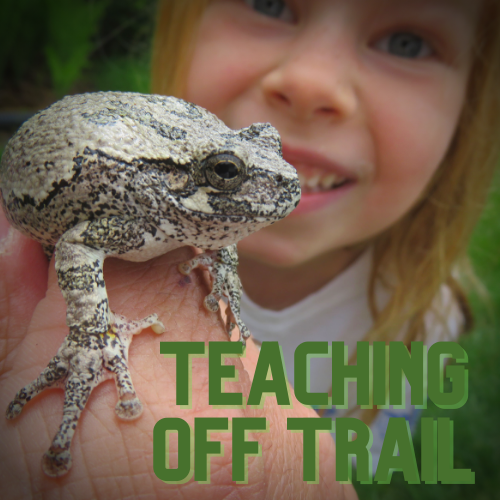Day 64
The browned land was slowly greening up. While we were seeing signs of improvement , RCG was still the dominant plant. Like our restoration partner warned us, battling RCG is a multi-step process and one herbicide treatment was not going to be the end of the battle, but just the beginning, However, how the land responded would determine the next step. We could go for another round of herbicide once the grass reached a certain level of growth. However, this could possibly interfere and disrupt the new native plants we had awakened earlier in spring with our first treatment.
When we treated the land with a grass-specific herbicide aiming to knock out as much RCG as possible, we opened up the door for dormant and aggressive new plants to make their move. We were hopeful that the seed bank of native plants would seize the opportunity. We also knew that less desirable, more aggressive plants might also make their presence felt.
We started seeing lots more swamp milkweed and sedges pop up. Great.
We saw new RCG sprout up. Not great, but definitely expected.
We noticed an abundance of thistles take over in large patches. Initially, I thought this was all bad, but it turned out it was also a good sign. The thistles, although not desirable and potentially a nasty problem if not handled responsibly, prove the underlying seed bank was disrupted enough to wake up.
Because we were seeing a healthy amount of new plants where RCG once thrived, we decided to forgo a second round of herbicide treatments and move forward with a process we hadn't ever really heard of before: selective mowing.
Selective mowing was basically using strategic mowing to cut down the plants you wanted to get rid of and leave the plants you wanted to grow and eventually reach the feeding stage. If you could mow the undesirables before they seeded, you could begin to exhaust their energy reserves and hopefully end their ability to grow. If you allowed the plants you wanted to seed, not only would they solidify more of a stronghold in the land, they would have a better chance of expanding their presence.
Timing was essential.
